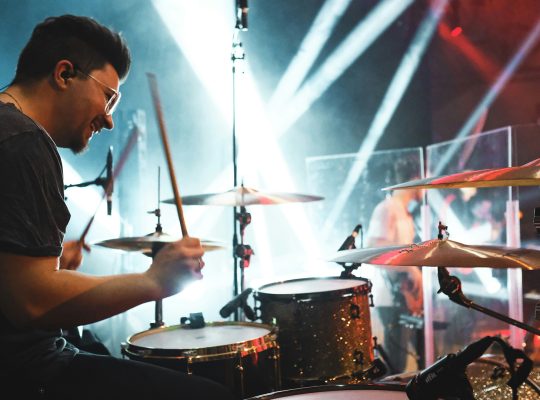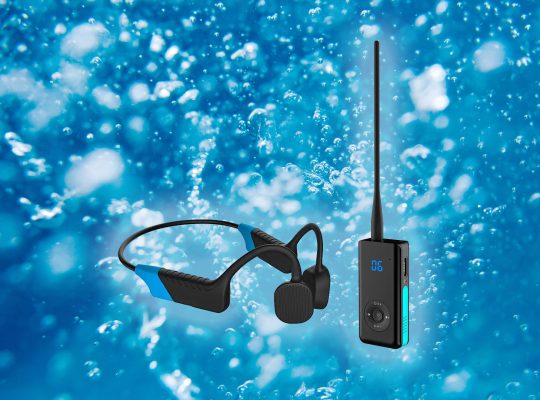It is a subject that almost always evokes reactions: earrings on babies. Some think it is cute and an innocent tradition, while others think it is unnecessary and even a bit pathetic. In some countries it is quite normal for babies to get earrings as early as the first few months of life, while in other cultures it happens later in life – or not at all. But what about the pros and cons, really? And what does the medical community say about it? Time to look at this topic from all sides.
The cultural and personal significance
In many cultures, having babies get earrings is a tradition that has lasted for generations. In Spain, Italy and parts of South America, for example, it is very common for girls to get earrings just after birth. It is often seen there as part of identity or a sign of love and care.
In the Netherlands it is less common, but still not rare. Some parents think it’s beautiful, see it as a family habit or want their child not to have to remember later how it feels to have holes pierced. Because yes, with a baby, chances are they won’t consciously remember putting the earrings on later.
What do doctors and specialists say?
Medically speaking, there are no strict prohibitions against putting earrings on babies, as long as it is done in a hygienic and safe manner. Still, many doctors prefer to wait until a child is old enough to decide for himself. After all, a baby has no opinion about jewelry, and some parents think that’s exactly what you should wait for.
There is also a small risk of infection, allergic reactions or tearing of the earlobe. Babies have sensitive skin, so they may react more quickly to certain metals. Therefore, it is always recommended to choose hypoallergenic materials such as surgical steel, titanium or 14-karat gold.
The practical side
As a parent, you need to pay close attention to care after earrings are put on. That means cleaning daily, rotating the earring and making sure your baby doesn’t pull on the earlobe. This can be a challenge, as babies discover the world with their little hands – and sometimes with firm pulling motions.
It is also wise to wear the earrings continuously for at least six weeks after piercing or shooting, so that the hole can heal properly. During that time, it is especially important that your child not get into a situation where they get caught on the earrings.
The pain argument
A common counter-argument is that putting on earrings is painful, and that it’s not fair to expose a baby to it without necessity. The pain itself only lasts a short time, but it remains a matter of principle for some: if something is purely for decoration, why would you let a baby get pierced?
On the other hand, advocates say a baby forgets the experience more quickly than an older child. Whereas a six-year-old can sometimes be nervous for days before getting earrings put on, a baby has no idea what will happen and no long-term memory of the event.
Allergies and choice of materials
An important thing to consider is the likelihood of allergic reactions. For example, some children react strongly to nickel, which can cause redness, swelling and itching. Therefore, it is important to choose earrings made of hypoallergenic material from the beginning. Surgical steel, titanium and gold are popular choices.
Also make sure the clasp is secure. A closure that is too loose can cause the earring to fall out and end up in your baby’s mouth – posing a choking hazard. A clasp that is too tight can actually cause skin irritation.
Hygiene and aftercare
Anyone who decides to have earrings put on a baby should take extra care about hygiene. Choose a reliable jeweler or piercer who works with sterile equipment. After setting, it is important to clean the ears daily with a special antiseptic liquid and rotate the earring gently to prevent it from getting stuck.
You should also be careful when bathing or swimming. Although babies often don’t get into chlorinated water yet, dirty water can cause an infection if the hole has not fully healed.
Emotional and ethical considerations
For many parents, the discussion revolves not only around medical or practical arguments, but also ethics. As a parent, can you decide for your child to wear jewelry when they themselves do not yet understand?
Proponents say: parents are constantly making decisions on behalf of their child – from clothing to food – and earrings are just part of that. Opponents, on the contrary, say: jewelry is not a necessity, so let the child choose for themselves when they are older.
The fashion factor
Some parents think earrings are just beautiful on babies. Little buttons or prongs can give a cute look. You see this in baby photography as well: photos of newborns with subtle earrings are popular.
Others, on the contrary, find it distracting and unnecessarily “adult” for a baby. So it’s a matter of taste – and taste is simply personal.
What if you regret it later?
A practical advantage is that holes in the earlobe often grow back closed when you stop wearing earrings, especially if they were set at a young age. Still, sometimes a small scar remains visible. Parents who are in doubt therefore often prefer to wait until their child asks for earrings themselves.
Tips if you decide to have earrings put on your baby
- Always choose a licensed jeweler or piercer who has experience with babies
- Go for hypoallergenic material such as surgical steel, titanium or 14-karat gold
- Ensure a secure closure that cannot come loose
- Clean ears daily with an antiseptic liquid
- Gently twist the earring to prevent snagging
- Avoid swimming until the hole is fully healed
- Watch for signs of redness, swelling or pus – this may indicate an infection
In conclusion
Earrings on babies remain a topic on which opinions are sharply divided. Where some see it as a nice tradition or cute decoration, others find it unnecessary or even inappropriate. There is no universal right or wrong answer – it is ultimately a personal choice of the parents, as long as it is done safely and hygienically.
Whether you’re for or against it, one thing is certain: it’s a topic that always sparks conversations. And maybe that’s the beauty of it – that we continue to talk to each other about what we think is important for our children. What do you think? Let us know in the comments!








